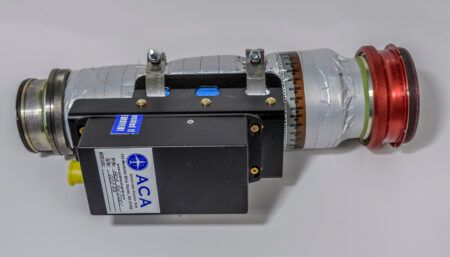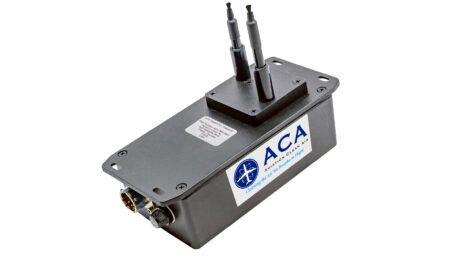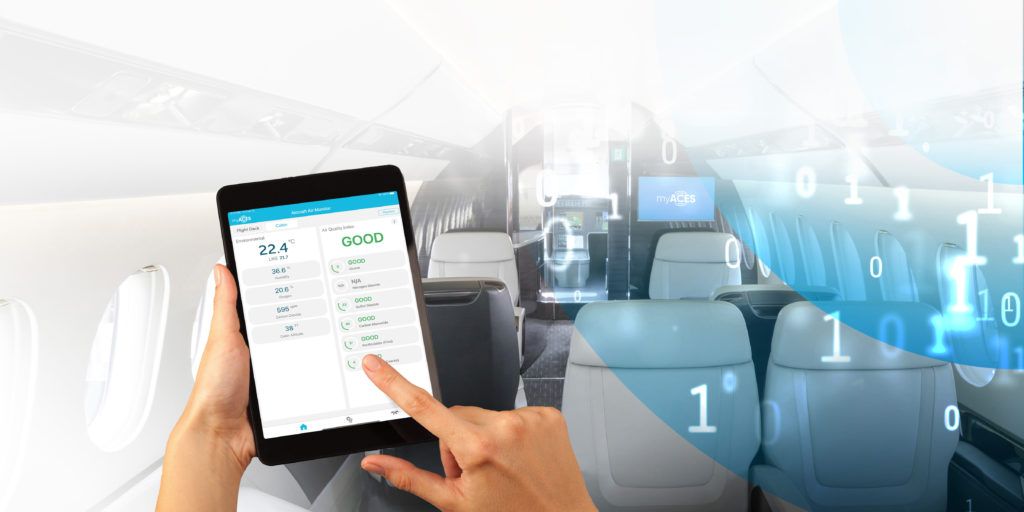Aviation Clean Air (ACA) and International Aero Engineering have teamed up to offer the ACA Ionisation Purification System as a ground unit for disinfecting aircraft interiors.
The portable Ion Distribution Unit uses the same tested technology as ACA’s patented airborne system, which is certified for aircraft installation by FAA STC.
The new Ion Distribution Unit has been adapted to meet the immediate need for decontaminating aircraft interiors while on the ground, triggered by the COVID-19 pandemic.
The proactive bipolar system kills pathogens and purifies the air and surfaces by pushing air through the cabin and distributing ions throughout the aircraft interior. The positive and negative ions form from hydrogen and oxygen molecules in the water vapour present in the air and work as a cleaning agent to purify the air and surfaces.
The ground unit is a portable 110 VAC electric-powered ionisation and air blower unit that is placed on the floor of the cabin and activated for 1-2 hours. Upon completion, the unit is powered off and removed from the aircraft.
“We have been working with aviation manufacturers, operators and service companies for many years, and we know how important it is to them and their customers to continue to keep the industry functioning, while also being vigilant about the current situation,” said Jonathan Saltman, president and CEO at International Aero Engineering. “The partnership with Aviation Clean Air, which has established industry relationships as well, allows us to provide a much-needed solution to effectively and efficiently deal with the enhanced levels of decontamination being undertaken.”
“Our Ionisation Purification System has been installed on a variety of aircraft models and is proven to purify the air and surfaces on board,” said Howard Hackney, managing member at ACA. “Adapting the system for ground use provides not only effective cleaning and disinfecting of aircraft interiors, it offers a number of advantages. The proactive, natural purification process uses no chemicals and produces no harmful ozone or other emissions. It will also not damage fabrics or carpeting, as other disinfectants potentially could. In addition, it lessens the number of personnel required and downtime needed to conduct a thorough disinfection.”





